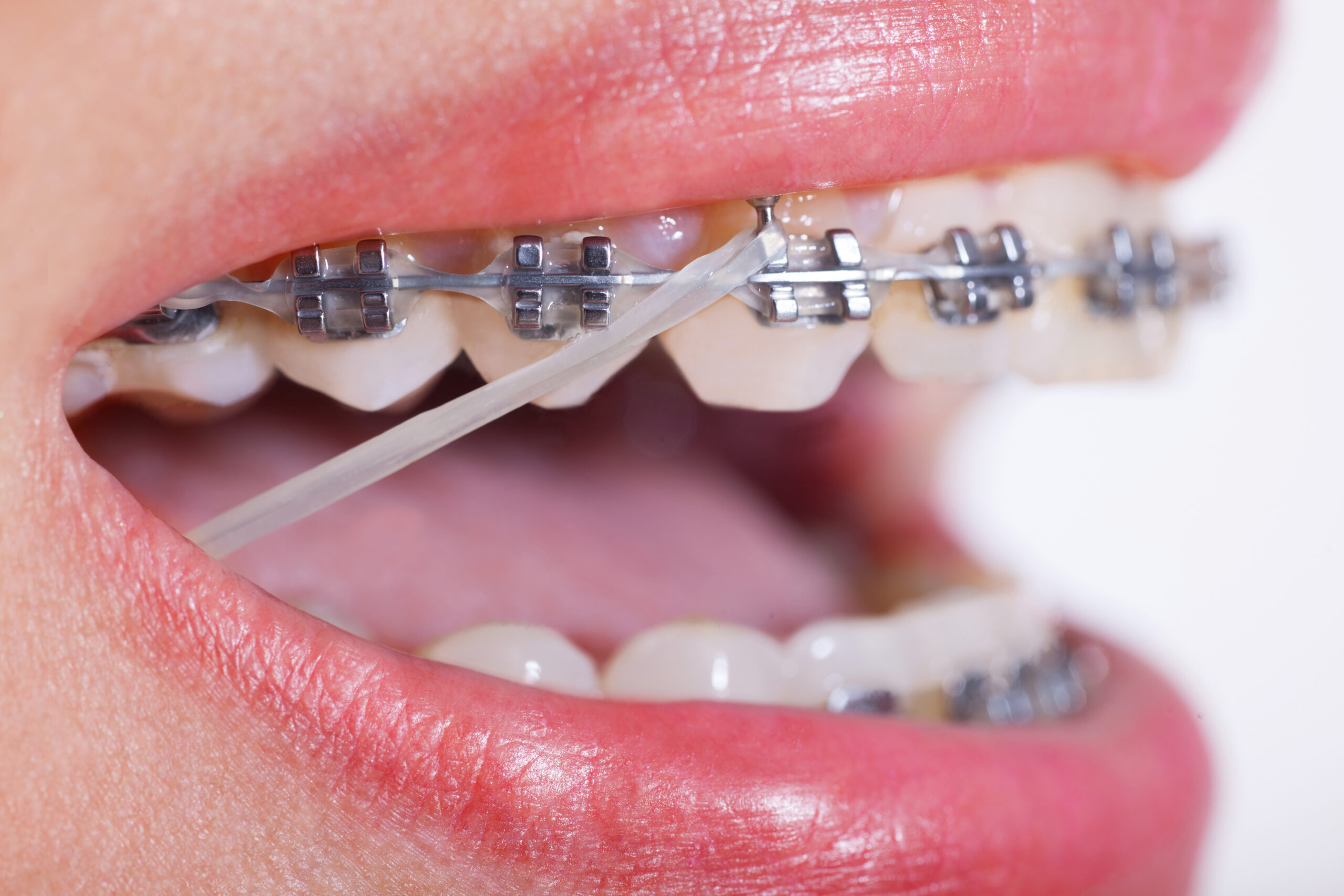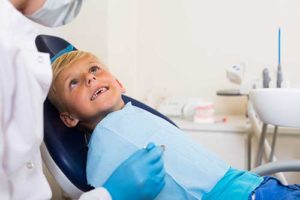Some Known Questions About All Star Family Orthodontics.
Some Known Questions About All Star Family Orthodontics.
Blog Article
Our All Star Family Orthodontics Diaries
Table of ContentsSome Known Questions About All Star Family Orthodontics.The 10-Minute Rule for All Star Family OrthodonticsThe Single Strategy To Use For All Star Family OrthodonticsExcitement About All Star Family OrthodonticsAll About All Star Family Orthodontics

In addition, we provide adjustable treatment routines, adaptable settlement alternatives and a fun, pleasurable experience.
An orthodontist is a dentist educated to detect, prevent, and treat teeth and jaw abnormalities - https://allstarfamilyortho.bandcamp.com/album/all-star-family-orthodontics. They remedy existing conditions and are trained to identify problems that might create in the future. Orthodontists work with people of every ages, from children to adults. Individuals often associate an excellent smile with health.
Malocclusion, or misaligned teeth, can cause dental issues, including tooth degeneration, gum tissue condition, and difficult or agonizing eating. However not every person is born with straight teeth. If you have a negative bite or huge spaces between your teeth, you may wish to seek advice from a dental expert concentrating on orthodontic care.
10 Simple Techniques For All Star Family Orthodontics
(Photo Debt: DigitalVision/Getty Images) Orthodontists make use of fixed and removable oral tools, like braces, retainers, and bands, to change the placement of teeth in your mouth. Orthodontic therapy is for dental problems, including: Crooked teethBite issues, like an overbite or an underbiteCrowded teeth or teeth that are also far apartJaw misalignmentThe objective of orthodontic therapy is to improve your bite.
A healthy bite ensures you can consume, eat, and talk appropriately. While you may think about orthodontists as mostly for kids or teens who require dental braces, they can fix oral issues at any type of age. Orthodontists participate in university, oral college, and orthodontic college. After college graduation, they invest 2 or 3 years in an orthodontic residency program.
All orthodontists are dental professionals, but not all dental practitioners are orthodontists. Orthodontic residency programs use extensive, focused guideline for dental experts. They focus on two areas: Just how to correctly and safely move teeth How to appropriately guide growth in the teeth, jaw, and faceOnce an orthodontist has finished training, they have the alternative to become board accredited - https://lawrencepayne08857.wixsite.com/my-site-1/post/discover-the-best-old-bridge-orthodontist-for-your-perfect-smile.
The smart Trick of All Star Family Orthodontics That Nobody is Talking About
Imbalance, or malocclusion, is the most usual factor people see an orthodontist. It is genetic and is the outcome of dimension differences in between the upper and reduced jaw or between the jaw and teeth. Malocclusion results in tooth congestion, an askew jaw, or irregular bite patterns. Malocclusion is usually treated with: Your orthodontist affixes metal, ceramic, or plastic square bonds to your teeth.
If you have just minor malocclusion, you may have the ability to utilize clear dental braces, called aligners, rather than conventional braces. Some individuals require a headgear to aid move teeth right into line with pressure from outside the mouth. After braces or aligners, you'll require to more information use a retainer. A retainer is a customized gadget that keeps your teeth in position.

You may need to see an orthodontist if you have: Crowding or otherwise sufficient area for all of your teethOverbite, when your upper teeth come over your base teethUnderbite, when your bottom teeth are too far forwardSpacing or problems with gapsCrossbite, which is when your upper teeth fit behind your base teeth when your mouth is closedOpen bite or an upright gap in between your front base and upper teethMisplaced midline, when the center of your base and top teeth don't line up Dealing with a dental malocclusion can: Make attacking, chewing, and talking easierImprove the balance of our face and your overall appearanceEase pain from temporomandibular joint disordersSeparate your teeth and make them simpler to clean, helping avoid dental cavity or cavities It's usually a dental professional that initially notifications misaligned teeth during a regular test.
All Star Family Orthodontics Fundamentals Explained
Throughout your initial orthodontic assessment, you'll likely have: A dental examPhotos taken of your face and smileDental X-raysPanoramic (360 degree) X-rays of your face and headImpressions to create mold and mildews of your teethThese examinations will certainly help your orthodontist recognize just how to continue with your therapy. An orthodontist is a dental expert who's had training to treat your teeth and jaw.
Orthodontists are dental practitioners but not all dentists are orthodontists. Orthodontists are focused on your bite, or the method your teeth fit with each other, and the straightness of your teeth.

This preliminary examination includes a visual assessment of your teeth and attack, X-rays, and possibly even 3D scans. By diligently examining these elements, the orthodontist can pinpoint any imbalances, crowding, spacing concerns, or jaw inconsistencies. Once a clear photo is developed, the orthodontist will go over tailored therapy choices. This conversation will cover the sort of dental braces or aligners suggested (traditional metal dental braces, clear aligners like Invisalign, and so on), the estimated treatment period, and any potential obstacles or negative effects.
All Star Family Orthodontics Fundamentals Explained
While braces are one of the most frequently acknowledged orthodontic therapy, orthodontists have a varied toolkit at their disposal. The details approach picked depends upon the intensity of the case, the person's age, and private choices. These reliable dental braces use a system of braces adhered to the teeth and linked by wires.
Clear aligners, like Invisalign, are a prominent alternative for clients looking for a much more discreet treatment choice. These detachable trays are customized to considerably change the teeth's setting. Headgear might be utilized combined with dental braces or aligners to apply additional targeted pressures, particularly for remedying jaw inconsistencies. In instances of slim jaws, palatal expanders can be used to produce area for correct tooth placement.
Report this page